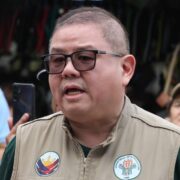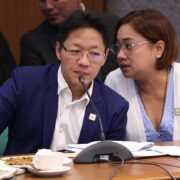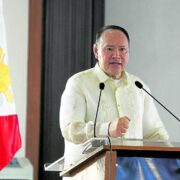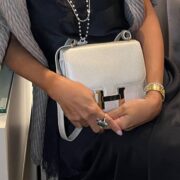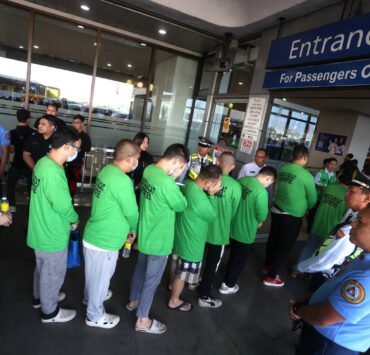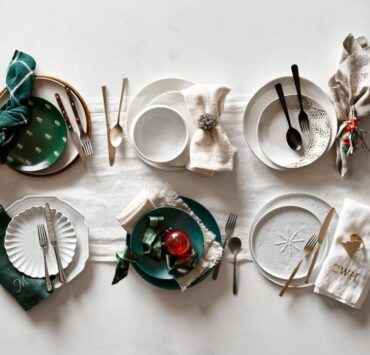A child’s generosity fuels Museo Pambata’s revival
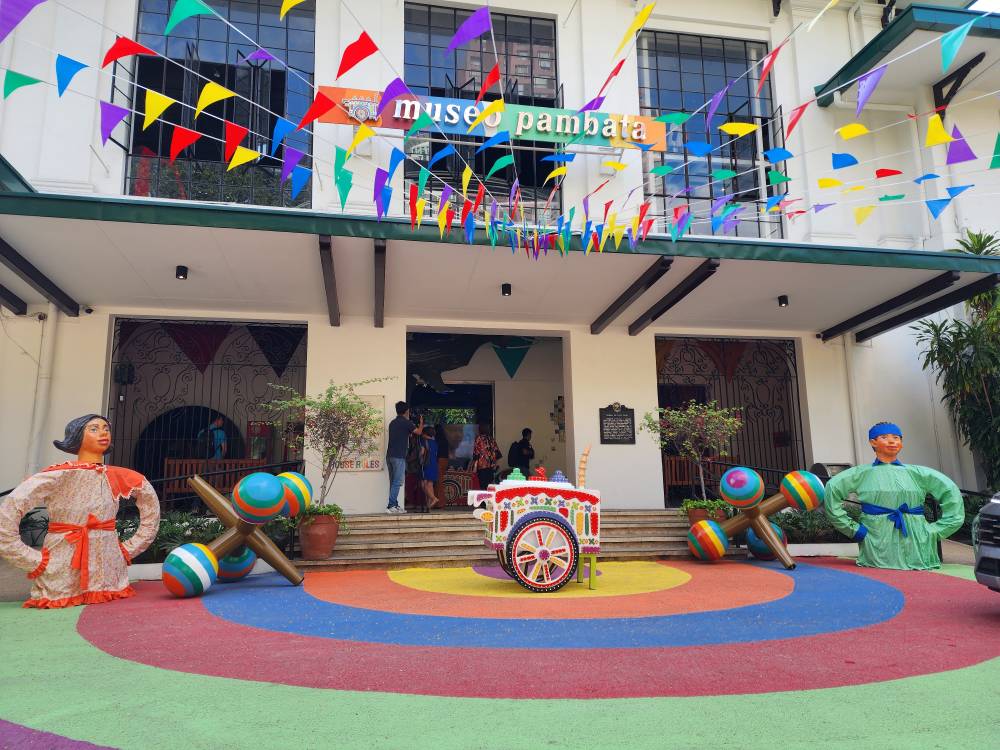
Motivation takes many forms—sometimes it comes as a P10 coin.
Museo Pambata reopened its doors to the public on Dec. 6 after the pandemic lockdowns. The time off was used to repair leaking roofs, update some of the displays, put up new exhibitions, and revitalize condemned buildings in its compound.
While the repairs were ongoing, the children’s museum opened parts of the first floor sporadically to its young patrons in the past couple of years. Once, they welcomed guests from the underprivileged community for the Christmas season. This was when Museo Pambata president Bambi Mañosa-Tanjutco had a memorable encounter with a child.
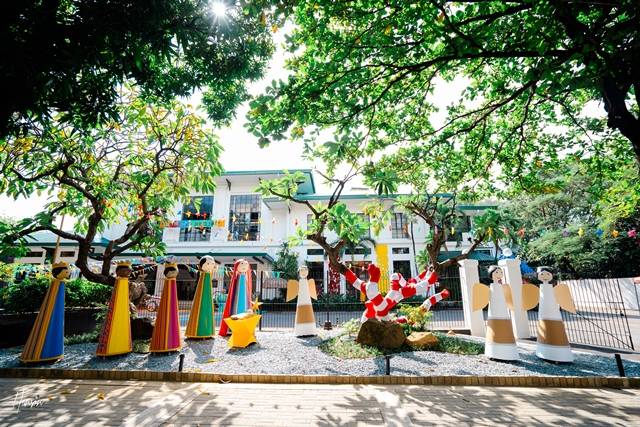
Part of the day’s treat had children lining up for their ice cream. This is a staple at Museo events because the sorbetes cart is its logo.
“There was a little boy around 10 years old, digging into his pocket. He thought that he needed to pay,” Mañosa-Tanjutco told the press who attended the preview of its opening. The boy was able to fish out a P10 coin but when he was told that the ice cream was free, he didn’t put it back in his pocket. Instead, he went and handed it to her.
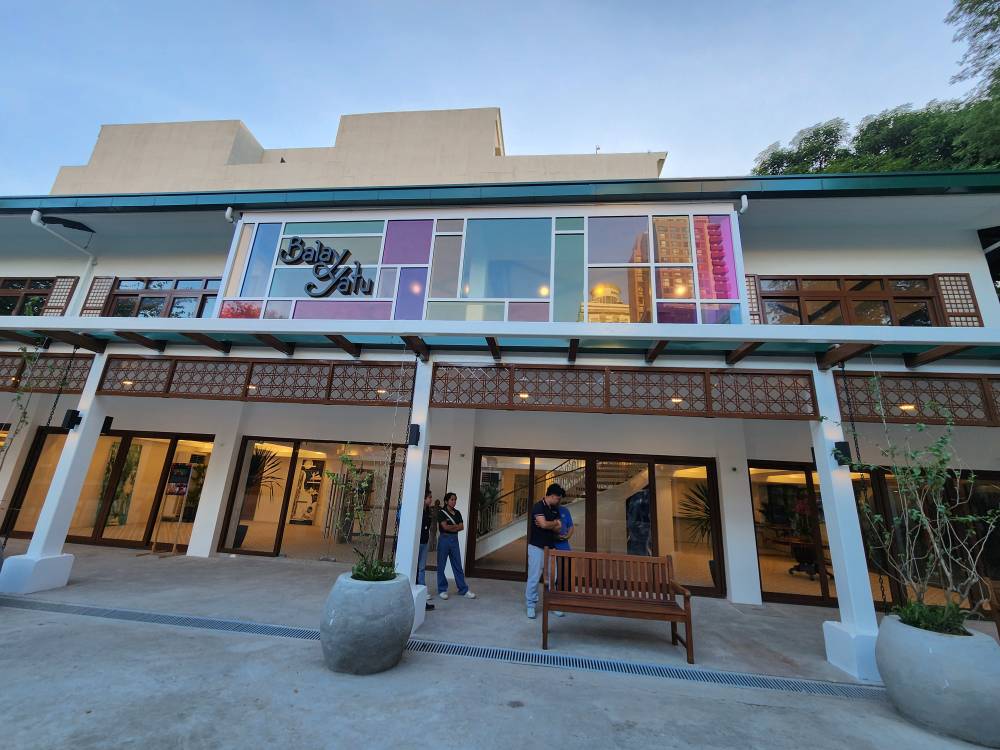
The boy donated his money to Museo so it could continue its operations. It was then that Mañosa-Tanjutco knew they had to continue what they were doing.
History lives and breathes in the walls of the Museo. The structure was built in 1949 after World War II. Before it was acquired by the government, it was used as the headquarters of the Manila Elks Club. The Museo opened in 1994 and is celebrating its 30th anniversary this year. It is the first interactive museum in the country where the displays can be held and played with. It has catered to at least three generations of families.
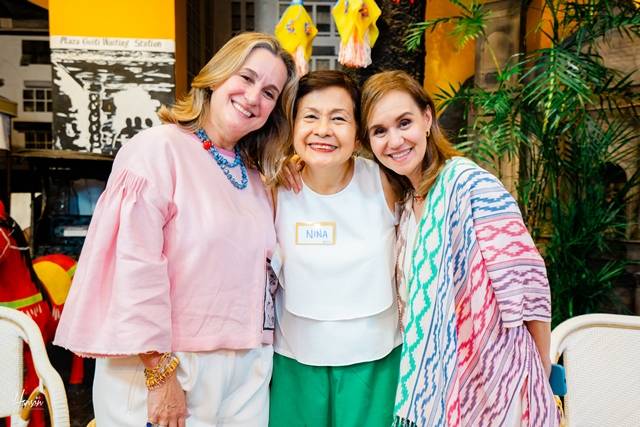
Mañosa-Tanjutco, along with Museo vice president Sofia Zobel-Elizalde, took on the responsibility of rehabilitating the institution to continue imparting culture and history to children. Even on the preview day, the two could be seen taking time off away from the press to point at parts of the museum, probably discussing what else could be done with the space.
Learning spaces
The first project the Museo took on is the outdoor playground. The Bahay Pukyutan was inspired by the design of National Artist for Architecture Francisco “Bobby” T. Mañosa. The jungle gym features a honeycomb pattern, hence its name. The helicopter called Tutubing Bakal is still next to it but with repainted features. It’s going to be the talking point for peace-building.
Mañosa-Tanjutco said that every space they rehabilitated had to have content or a space where visitors could learn. They brought in a beekeeper for Bahay Pukyutan so children could learn about the bee ecosystem. Pots of honey were given as thank-you tokens to donors of the museum.
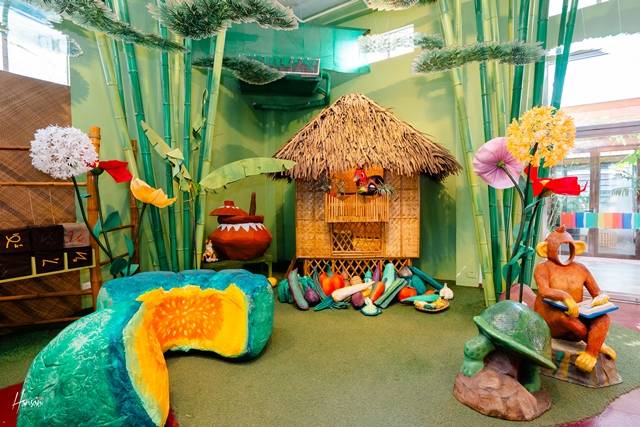
Bahay Kubo 2.0, which Gelo Mañosa designed, stands where the garden used to be. The space is envisioned to be used as a space for families, food, and community. The space has a working kitchen, dining table, and a sofa but it can be used as a gallery. It is connected to the main building. On the side of the structure, vegetables from the children’s song “Bahay Kubo” are spelled out in mosaic lettering, a feature crafted by Kabunyan de Guia.
Next to it is what used to be an annex building. This building has seen the most upgrades because it was condemned after the 2019 earthquake. It gets a new life as Bahay Yatu, a two-story building that could be a space for exhibits and indoor activities. Yatu means earth in Kapampangan.
Tasha Tanjutco, designer and co-founder of Design Studio, reimagines the space with her sister Bella. She wanted to replicate Filipino homes of the past hence the spiral staircase, wide open windows, and high ceilings.
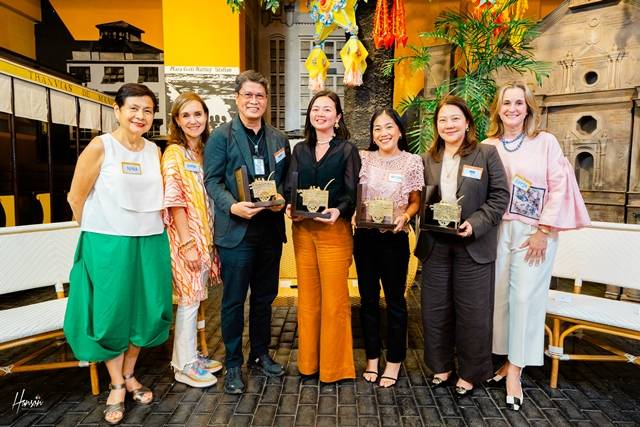
“Museo Pambata is a heritage building, so the architectural look at the time was considered in creating this space also. But what we wanted to champion here is adaptive reuse,” she said. Tanjutco pointed at the wooden pillars and beams that were from the original structure. The flooring and the tiles are new, but with a Spanish flair.
The annex already existed prewar, so they studied how to keep its integrity and found that the most efficient way was to reuse it without destroying most of the structure.
Beach house vibes
“We really want it to feel like a beach house, bringing back the island-ness into Manila. Manila Bay is right there, people don’t realize it,” she told Lifestyle. Initially, she wanted natural breeze for the ventilation but gave in to air conditioning given the punishing Manila heat. The building has solar tubes that make use of the natural light in its interior.
Only the first floor is open in the main building. The Kalikasan room features installations such as a bahay kubo and carabao by National Artist Kidlat Tahimik. It’s also a space where the Banaue Rice Terraces are reimagined as something young people can climb up on and slide down from.
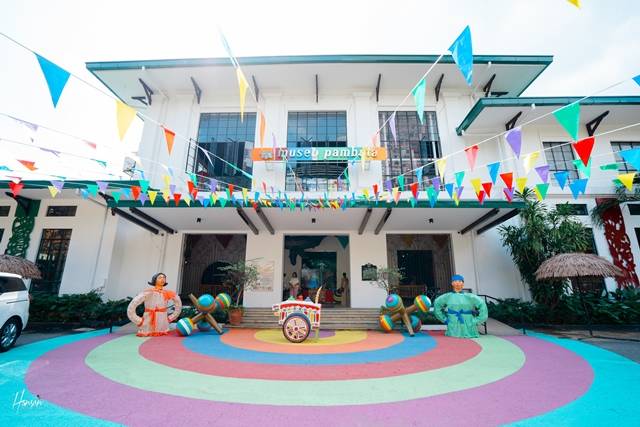
The Karagatan space gets a facelift, with artful light installations that mimic jellyfish replacing the recycled ones that used to hang from its ceiling. Some of them can still be found on the side as a reminder of the reality that oceans are filling up with plastic.
On the second floor, Alfredo and Isabel Aquilizan were tapped to take on the Hiraya room, which will promote the use of imagination among its visitors. Ang Ilustrador ng Kabataan (Ang INK) artists were also given roles to update the community of little houses on the hallway to give it a more modern look. The second floor is set to open next year.
All the iconic exhibitions of Museo are intact, even on the second floor. In the Katawan Ko room, the big mouth will still be there, but most likely with fresh paint. The Pamayanan Room on the ground that features the life of Manileños in the 1900s will also get an update.
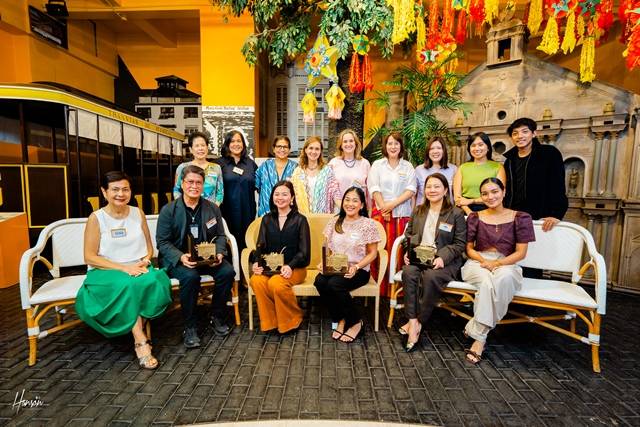
“All the iconic things of Museo Pambata will still be there but we have to update our rooms. The renovation of the main building was focused on the important things like the leaks,” said Mañosa-Tanjutco.
Female heroes will finally be included in the halls. A mosque will be placed somewhere in the massive room. Currently, it has the Quiapo Church on display. They are also working on Ang INK founder Robert Alejandro’s vision of an Arts and Crafts room, as well as an update on the Karapatan room to make it more interactive for visitors. There will also be a technology room for children.
The abiding goal is for the museum to reach Filipino children from all over the country and not just the ones who live in Metro Manila. It is, after all, a space that puts children’s joy and learning above all.




